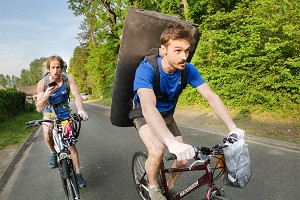
Danny Vagnozzi interviews Belgian big-waller, social worker and all-round adventure athlete Siebe Vanhee following his role in the Belgian-American team that made the first free ascent of Riders on the Storm in February. They discussed his key climbs and his passion for finding purpose in climbing beyond the 'uselessness' of personal objectives.
Siebe Vanhee needs no introduction to those following the exploits of adventure big wall climbing. His journey as a professional climber started in Belgium - a country with no big walls - and has taken him across the globe in search of vertical adventures. From the deep jungle of Venezuela, to remote fjords in Greenland and the storm shattered peaks of Patagonia, Siebe has put up impressive first ascents as well as first free ascents. He also has an interest in relations between people, which led him to pursue a degree in social work.
When I first emailed Siebe to ask for an interview, he was still engaged in his battle up Riders on the Storm, a legendary big wall route on the East Face of Torre Central of the Paines massif in Patagonia. First climbed in 1991, it was only in February this year that the route saw its first free ascent, after a monumental team effort by Sean Villanueva O'Driscoll, Nico Favresse, Drew Smith and Siebe himself (UKC News).
Once he was back on terra firma and in range of wifi, we spoke about his climbing career to date and his passion for helping people both on and off the wall.
Climbing is not useless if you teach it to people, and this can mean a lot. It's useless if you go and try your own objective.
Riders on the Storm: why is it so special to you? I believe that it was not your first attempt at a free ascent of the route.
It goes back to 2017, when I climbed for the first time in Patagonia on a different route on the same wall. I was with Sean [Villanueva] and Nico [Favresse], we spent 19 days on the wall — quite an intense experience! It really changed my climbing: I learnt how much was possible in poor conditions if the motivation is high and you're willing to suffer. I always wanted to go back to Patagonia and it was just the next logical step to try Riders on the Storm — it's such a beautiful line! The route was established in 1991 and a free variation was found in 2016 by Mayan [Smith-Gobat], Ines [Papert] and Tomas [Senf], but it wasn't climbed. They said it was OK for us to try it and we forwarded the idea with Jacopo [Larcher] and Brette [Harrington] as a North Face project proposal in 2023. We weren't successful but this really motivated me to return this year. We planned the trip again, but Jacopo and Brette had their eyes on other projects in locations with better weather — which I understand! I was left without a team so the logical step was to ask the Belgians.
You graded the pitches up to 7c+ (5.13a), but clearly a number cannot summarise your experience. What was the real crux of the route?
The crux was definitely the weather - it's always the weather in Patagonia! Honestly, in all those days we were on the wall there was no window we could describe as good. So that was the hard part… to find the courage to squeeze in as much climbing in between the worst conditions. The important thing for us was that each pitch had to be led free by at least one person. The rest of us would then follow the pitch on top rope. Ideally, each team member would free the five hardest pitches on lead, but there simply wasn't enough time for that, given the weather. It's not like a sport climbing crag where you can rest for two hours then try again. You can get really frozen on the belays, and it is hard to warm up again.
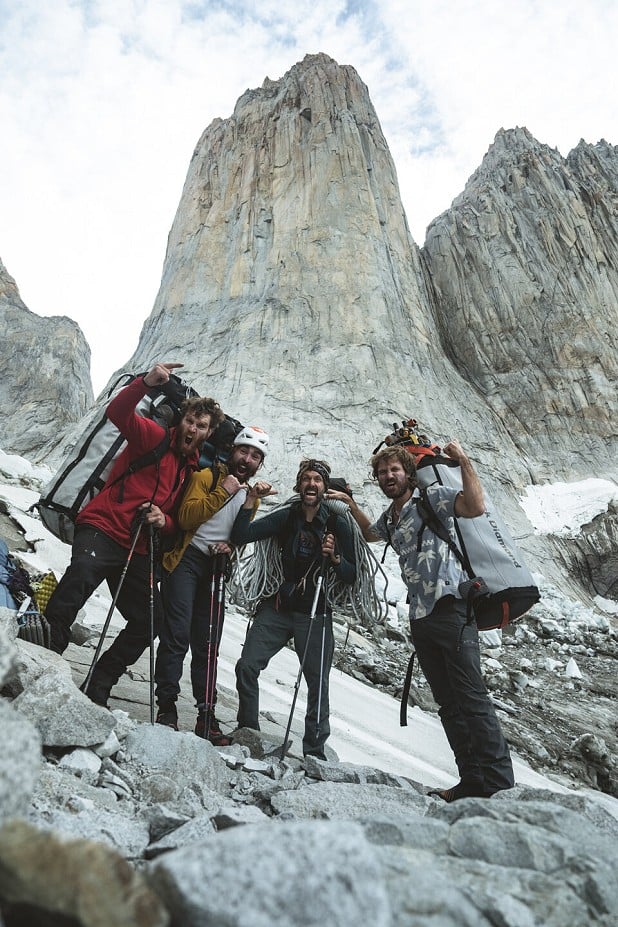
Let us take a step into the past. How was the climbing scene in Belgium when you first started climbing? Looking at other climbers from your generation it's surprising how a country with no big walls has produced such a powerhouse of big wall climbers the likes of yourself, Sean Villanueva, Seb Berthe and the Favresse brothers.
I cannot speak for Sean and Nico [Favresse]. They're 10 years older than me, which places us in the same generation, but climbing has evolved so much during this time. What I would say is that in Belgium we have strong ethics on how to sport climb. For example, when I was trying my first 8a, I was told that no-one would set up a top rope for me and it was my responsibility to retrieve the draws. I had to make sure that I was able to climb the route at least bolt to bolt even on the first go. Nowadays people rappel the route, take a clip stick or try projects way too hard for them, but it makes them stronger. We had to be quite 'noble' when going for hard routes and this gave us the intrinsic motivation to 'earn the right' to even try a route. Not sure if this answers your question… that's only my experience.
Big wall climbing was introduced in Belgium mainly by Nico and Sean. They went to Yosemite where they did Freerider and only a few years later they climbed Riders on the Storm, but they didn't free it. Their movies and their music had a big impact on me and other climbers. But I think that as a climber in Belgium you are educated with this curiosity and the need to go out of your country to explore and climb.
How was your transition from being a sport climber to being an adventure big wall climber? Was it smooth or was there an expedition that enlightened you?
I was a competition climber until the age of 17 or 18, and after high school I did a trip to North America — Squamish first, that's where I learnt to trad climb. I did not have a car so before I knew it my trip was over... I really wanted to trad climb more, so I returned a year later with a van and stayed for 7 months. I visited Yosemite, Indian Creek, Squamish and other locations known for trad climbing. This introduced me to the adventurous side of climbing. But the trip that really changed me a lot was to Venezuela in 2012. It was an expedition with Mason Earle, George Ullrich and Sam Farnsworth. We opened a new line, spent 16 days on the wall and yeah, it was the most important trip of my life as it changed a lot.
Do you think that this style of climbing with a very adventurous side will slowly die out? Society seems to be veering towards a more risk averse approach to everything, and safer forms of climbing like indoor bouldering or competition climbing are ever more popular.
Yes, adventure trad climbing gets less attention, but it's hard to say because the climbing world is growing so much. A lot of attention has now shifted to bouldering and the Olympics. I still see a lot of curiosity in what I do, I don't think it will die out. It probably has less popularity now but when I communicate about my adventures I certainly get a lot of attention. Maybe people are less interested in actually doing these kinds of things but they are really interested in the people who do it. I think it goes in waves: Patagonia is now getting a lot of attention, but if you look at the Dolomites you can find a lot of adventurous climbing, though not many people from outside of Italy go there to trad climb. Also Mont-Rebei in Catalunya and Picos de Europa are a lot less famous now than they were a few years ago.
Let's get less adventurous and talk about another big project you've been working on: the Dawn Wall. What's the main difference between projecting the Dawn Wall and attempting a first free ascent in Patagonia? Apart from the weather of course!
The Dawn Wall is a whole different game. It's a multipitch as well but you work it like a sport climbing project. You're in the [Yosemite] Valley so it's quite comfortable as you're in civilisation. Somehow it is easier to be there and project it, but it's an athletic performance, while Riders on the Storm is an adventurous performance. There are many hard pitches in a row on the Dawn Wall, but it is also strategically very hard. There are so many elements from the athletic side of climbing that make it hard. For Riders on the Storm, the pitches are not that hard but I needed a different mindset to climb 7c at -1 Celsius with ice in the cracks…
Right now I'm not 100% sure if I want to go back to the Dawn Wall because it is very hard. I want to see if it is really something for me to continue with. I might not go back this year… maybe next year. What I am searching for in climbing are my personal limits, and on the path to searching your limits you learn about yourself, about climbing… And that is cool, but Riders on the Storm was way more of a social experience - sharing something together locked up in a portaledge - and on the Dawn Wall I felt really alone. Even if you have your friends and your belayer, you're just performing for yourself. Sure, you can share tactics, but all of the weight of the project is on you, while with Riders the weight of the project is on the whole team.
For me, that is a lot easier mentally: I focus on it for a month and a half and then I leave it alone. For the Dawn Wall, if I know that I am going back to it, I need to train. For Riders I just had to make sure that I was in good shape, could climb 8a smoothly in poor conditions and carry heavy backpacks for a week, but that's about it.
That's quite intriguing… Were you expecting this feeling of loneliness before you started projecting the Dawn Wall?
Not really! I started the project with Seb [Berthe], at first just to check it out and have some fun. But I got sucked into it very quickly and when I have a project I feel the need to go all in. At the beginning I decided to share it with Seb, and he was also focused on his process. But I planned some work in Belgium and while I was away he went for a push. I really felt like I wanted to be there and share it, but practically to do a push together you really have to be at the same level. So if someone is sending effortlessly and you're getting stuck at pitch 4 you feel like you're holding back your partner… and you end up performing on your own. Tommy [Caldwell] said that it was really important for him to have Kevin [Jorgeson] but I think it is really important to be at the same level and I had the feeling that I was still far behind Seb.
You eventually returned to Yosemite with Franco Cookson, who is known for bold trad routes and probably one of the best slab climbers in the world. Was it any different sharing the Dawn Wall experience with him?
It was quite funny because the year I went with Seb, Franco called me and mentioned that he'd always wanted to try the Dawn Wall. He offered a belay and said he'd like to try top-roping the pitches or climbing on the static lines. When I decided to have another go and Seb wasn't ready yet, I called Franco and it was great to have someone to support me full-on. Franco was really good in a support role: he's an incredible project climber, he knows all the tricks and is very specific and rational with his strategy. That really helped me, I learnt a lot from Franco actually.
So Riders and Dawn Wall were clearly projects of a very different nature. Do you think it was important to approach both with no expectations?
Yes! That's the biggest lesson I learnt ages ago… but did I really learn it? I always have expectations… I know I shouldn't but it's hard to approach a project and not have any expectations. It is also important to set intermediate goals but wherever you reach you sometimes need to zoom out and not take it too personally. Weather can be sh*t, your skin can be sore… many factors out of your control can influence your performance.
You have sometimes mentioned a period in your life when you were going through depression, and it was related to performance expectations as a professional athlete. Can you describe this situation you were going through and how it influences you now as a climber and as a person?
Depression is maybe a big word, but it's true. Climbing is an important part of my life, I set myself a lot of goals. I've always been someone very demanding of myself, and you see that with a lot of athletes now. When you put a lot of pressure on yourself to achieve goals and you do not obtain them then it might be disappointing. I definitely went through all this and the Dawn Wall was a moment when I set the bar very high, got very impatient, compared myself with other climbers - with Seb or with myself in the past. This was a little too much and I came down a negative spiral. It was quite difficult to digest.
I link my performance in climbing too much with my identity. I'm only worthy of being Siebe if I perform and I did a good try. I'm sure many people have this; it's a bit of a disease of our time to link yourself to your merits. You need to have success to be someone and to be valued. It has to do with my education as a kid, but it's still an ongoing process and I'm definitely still learning. Thanks to pushing myself into projects like the Dawn Wall, I can learn more about this. I am sometimes really thankful to have these opportunities to learn about myself and confront my insecurities.
You're also a social worker. How did it all start and what does your social work involve?
I've always been very interested in relations between people. I can be disconnected from society sometimes but what interests me the most are interactions and social connections between people as individuals or groups, as well as the processes a person goes through. This was my main interest that guided my studies as a social worker. I think another reason is that my coach when I was a kid was a social worker. He was a person who meant a lot to me, almost a father figure. He died of cancer when I was 21. He was really inspirational for me and made me want to follow his path. He was another reason for me to study social work.
Afterwards, once I had all these opportunities with sponsors I actually never really worked as a social worker. I did a few projects with youth for my internship during my studies. I was in Malaga (Spain), working in a gypsy community. But right now, I'm sporadically working in Belgium as a facilitator for leadership and communication courses with businesses and non-profit organisations. It's not just for the money - I like to develop myself in this terrain.
What about your work with Escalando Fronteras (EF)? [Escalando Fronteras is a charity based in Monterrey (Mexico) that uses sports and physical education to strengthen life skills and prevent destructive behaviours in children and adolescents in vulnerable contexts].
That was back in 2019. I was sick of the personal objectives and wanted to give some experience to kids or other people. I had already met with the guys from EF in 2018. I knew these people so why not propose a project. It takes all the pressure from you and makes it more a common project and it is nice to see kids trying, struggling, developing their climbing. I'm thinking of doing another project soon.
Royal Robbins once said that 'The beautiful thing about climbing to me is that you cannot justify it'. It makes climbing feel like this romantic, useless thing. Keeping in mind your projects with EF, do you agree with the quote? Is climbing really useless or can it have a positive impact on the world today?
Climbing is not useless if you teach it to people, and this can mean a lot. It's useless if you go and try your own objective. For me, climbing with the kids from EF was not useless. Trying the Dawn Wall is a bit more useless. But now we have the Internet, and if I communicate to others my process with the Dawn Wall, like now with yourself, if someone reads this, maybe they might think that they recognise themselves in me and this can be useful.
This is really what climbing means to me: to teach people who don't have the chance and this can take them out of their social circles, or their vicious circles. If you think about it, climbing is so broad: there's people from all backgrounds. Dirtbags, rich people, very educated, less educated… The process of climbing brings people together and makes connections. Through that connection there can be another kind of language that can be developed. For example, kids from EF don't have the chance to study, but they come into contact with richer kids from Monterrey who have been to university and have loads of social contacts. It takes them out of their little neighbourhood and broadens their skills. So climbing can be very useful as well as very useless. Perhaps that's the beauty of it. If I wanted to, I could start another project with EF or just stick with my 9a project somewhere in Spain. It's nice to have this freedom.

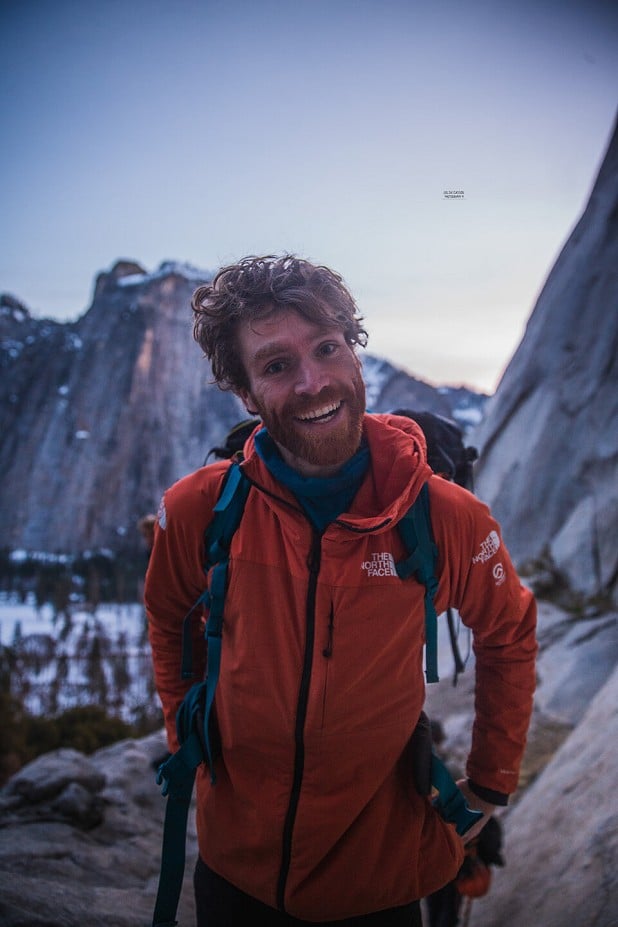
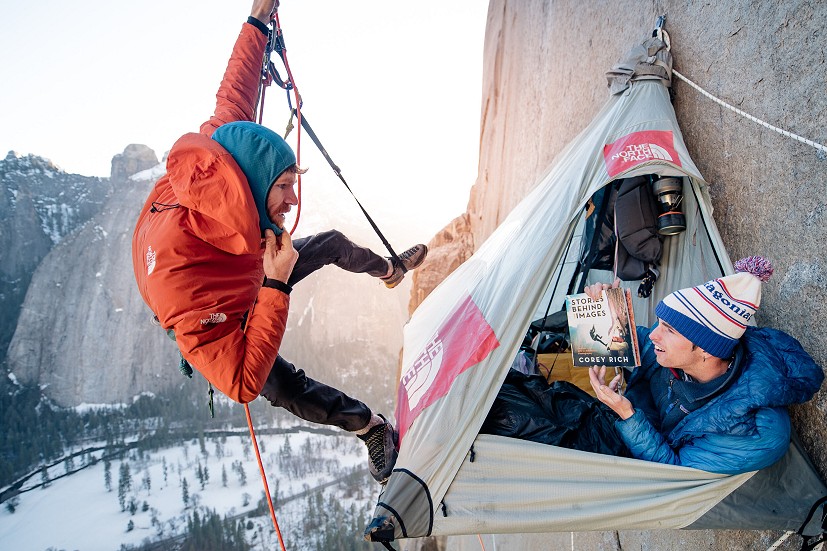
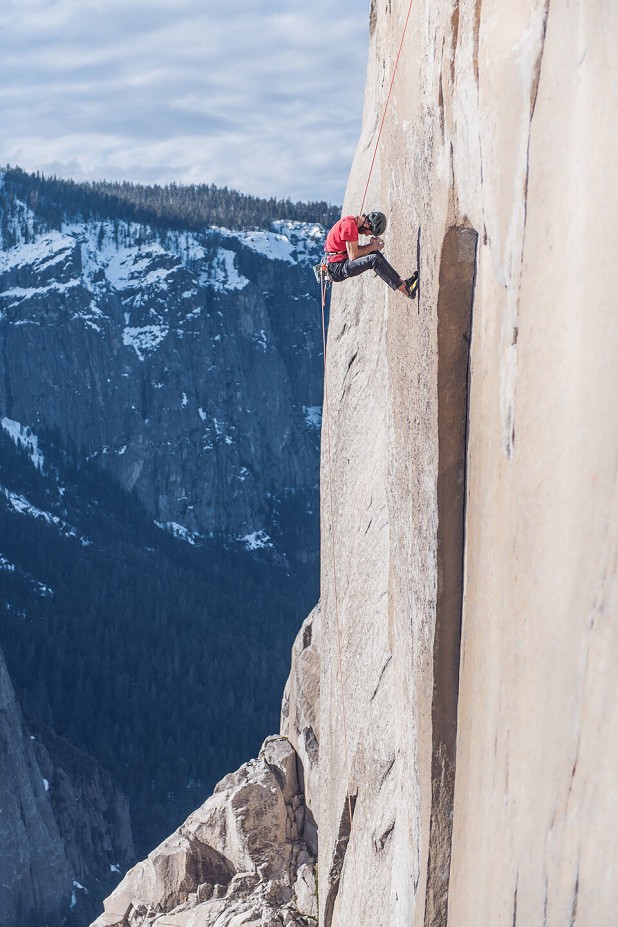

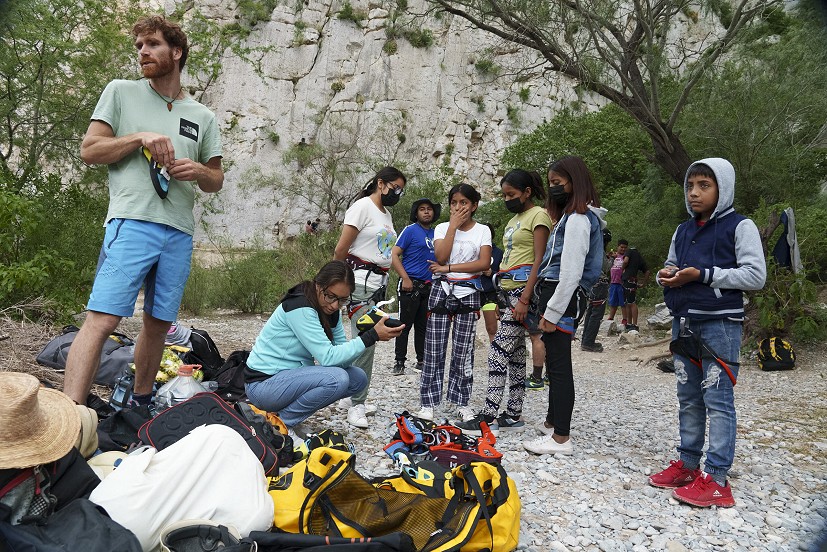
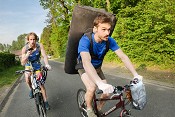
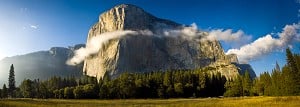

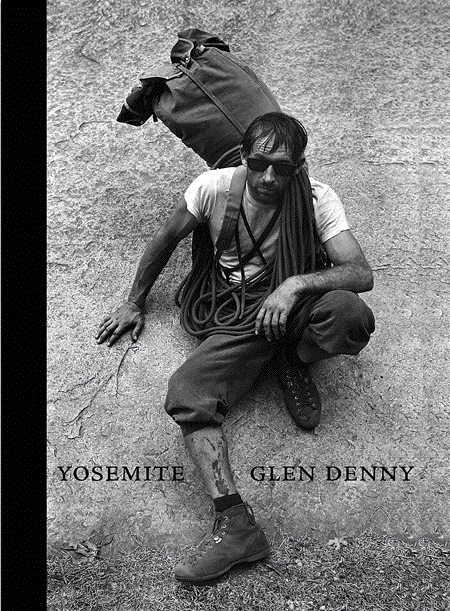









Comments